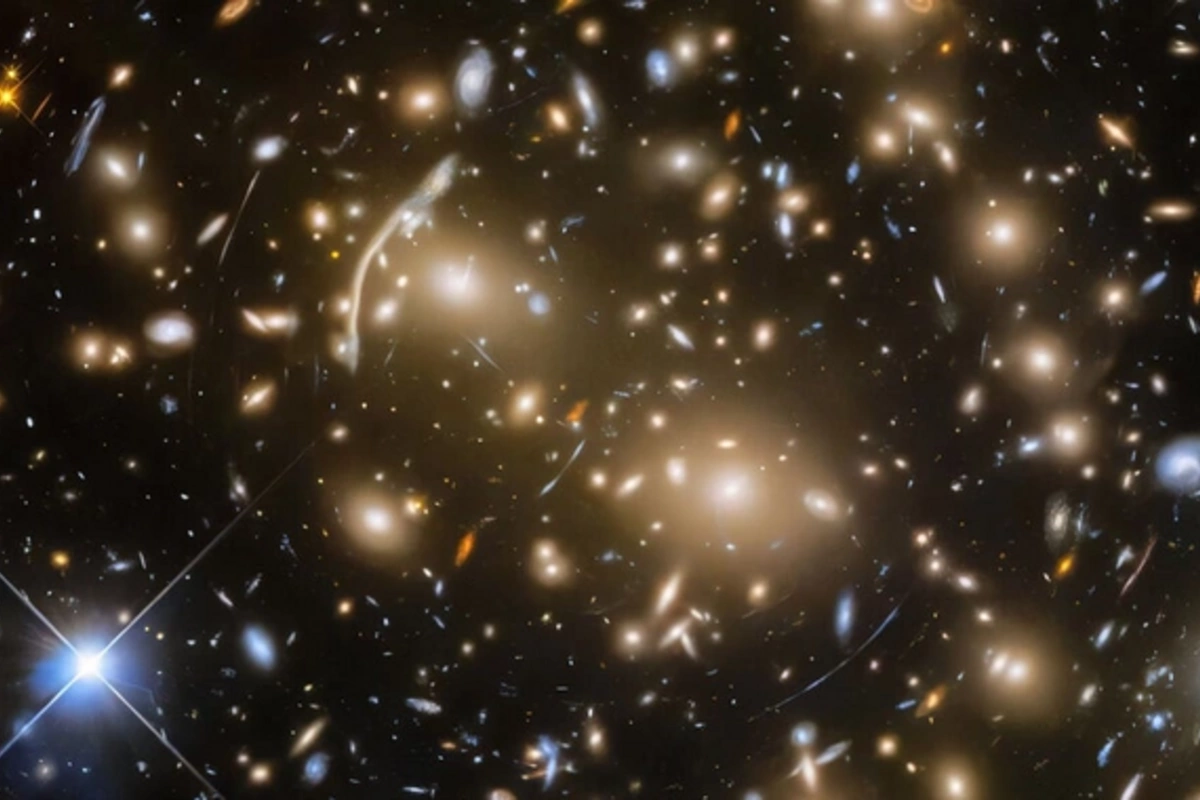14 Aug , 17:55
0

Space Detective: James Webb Telescope Discovers 300 Mysterious Bright Objects in the Early Universe
"If even some of these objects turn out to be truly early galaxies, it could change our understanding of how galaxies formed in the early Universe," said Professor of Astronomy Haojing Yan from the University of Missouri, whose research was just published in the prestigious journal The Astrophysical Journal (AstroJournal).
To search for ancient cosmic structures, astronomers applied an elegant "dropout technique" - a method where candidates for distant galaxies are identified by a characteristic feature: they are clearly visible in red wavelengths but seem to "disappear" in bluer ones. This astronomical "disappearance" is explained by the Lyman break effect: ultraviolet radiation from distant objects is absorbed by intergalactic hydrogen, and due to the expansion of the Universe, this characteristic feature shifts to the infrared region of the spectrum.
To unravel the mysteries of these enigmatic objects, researchers applied a complex method of spectral energy distribution fitting. This approach allows estimating approximate redshifts, age, and mass of objects even without spectroscopy. However, the final verdict is only possible with spectroscopic observations, which will provide the exact "cosmic signature" of each galaxy.
One of the objects has already received official confirmation of its status as an early Universe galaxy, but scientists emphasize the need for additional research.
"Even a few such confirmations will force us to revise existing theories of galaxy formation," emphasized Yan, hinting at a possible scientific revolution in our understanding of cosmic evolution.